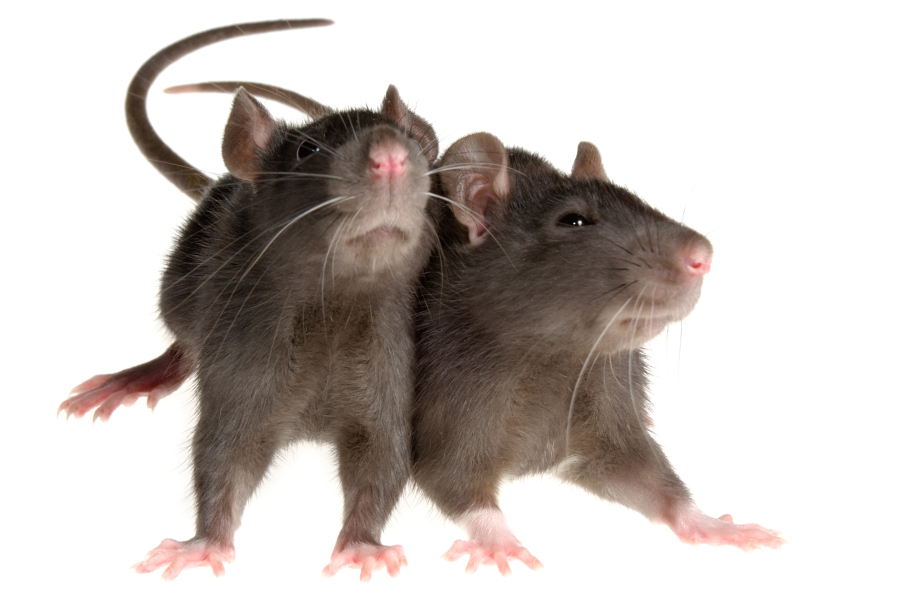Need a good laugh? The feeling is pretty universal, according to researchers who tickled rats for the sake of science.
When the animals received a 10-second tickle from a gloved hand, they responded with a rat version of laughter. The animals seemed to enjoy it — indeed, they ran toward the gloved hand and eagerly chased it around their enclosure. The Berlin-based researchers even witnessed a joyful jumping behavior known as “Freudensprunge” that has been observed in other mammals.
Tickling, then, induces a “primitive form of joy” in animals, said neurobiologist Shimpei Ishiyama of Humboldt University of Berlin. Ishiyama and his postdoctoral adviser, Michael Brecht, reported their experiments in Friday’s edition of the journal Science.
Great thinkers going all the way back to Aristotle in Ancient Greece have contemplated the mysteries of tickling. Ishiyama and Brecht outlined some of their own questions.
“Why does tickling induce laughter?” they wrote in their study. “Why do body parts differ in ticklishness? Why can’t we tickle ourselves?”
To find out, they tickled young male rats in a systematic way. First, they tickled the animals on the back, then flipped them over and tickled them on the stomach. That was followed by gentle touching on the back, then front. Next, the researchers tickled the rats on their tails. Finally, they played the hand-chasing game. Each part of the routine lasted for about 10 seconds, followed by a 15-second break.
The rats responded with ultrasonic vocalizations in the range of 50 kilohertz, a pitch with a “positive emotional valence,” according to the study. That frequency is too high for humans to hear, so the researchers transposed the vocalizations to lower frequencies. (Notably, none of the tickles caused rats to make utterances in the 22-kHz range, which are considered “alarm calls,” according to the study.)
In addition to the vocalizations, the rats also reacted to tickles with spontaneous Freudensprunge jumps. These jumps resemble bunny hops, with the front legs and back legs moving in tandem.
Scientists say they can tell that rats enjoy tickling because they respond with “Freudensprunge,” unsolicited jumps of joy. The animals also look for the tickling hand after it disappears.
Using a suite of electrodes, the scientists found that tickling prompted a specific pattern of activity in the somatosensory cortex, the part of the rat brain that processes touch. “Remarkably,” they wrote, the hand-chasing game activated the same part of the rats’ brains.
Ishiyama and Brecht wondered whether tickled rats would “laugh” no matter what, or if they had to be in a receptive state of mind. (No less a scientist than Charles Darwin has proposed that “the mind must be in a pleasurable condition” for a tickle to work, the pair noted.)
So the researchers made the animals anxious by placing them on an elevated platform and subjecting them to bright light. Under these conditions, the rats’ vocalizations were “significantly suppressed.” Brain activity also was suppressed compared with the normal conditions, the researchers found.
Later, the scientists were able to make rats laugh without even touching them. Instead, they stimulated the part of the somatosensory cortex that was most active when the rats were tickled. That did the trick.
This finding prompted researchers to wonder whether the somatosensory cortex helps process emotions in addition to tactile sensations. More work will be needed to answer that question, they wrote.
In the meantime, the results suggest that tickling is more than a quirk of the nervous system. It may even serve a useful social purpose.
“Tickling might be a trick of the brain to make animals or humans, respectively, interact and play with each other,” Brecht said.



